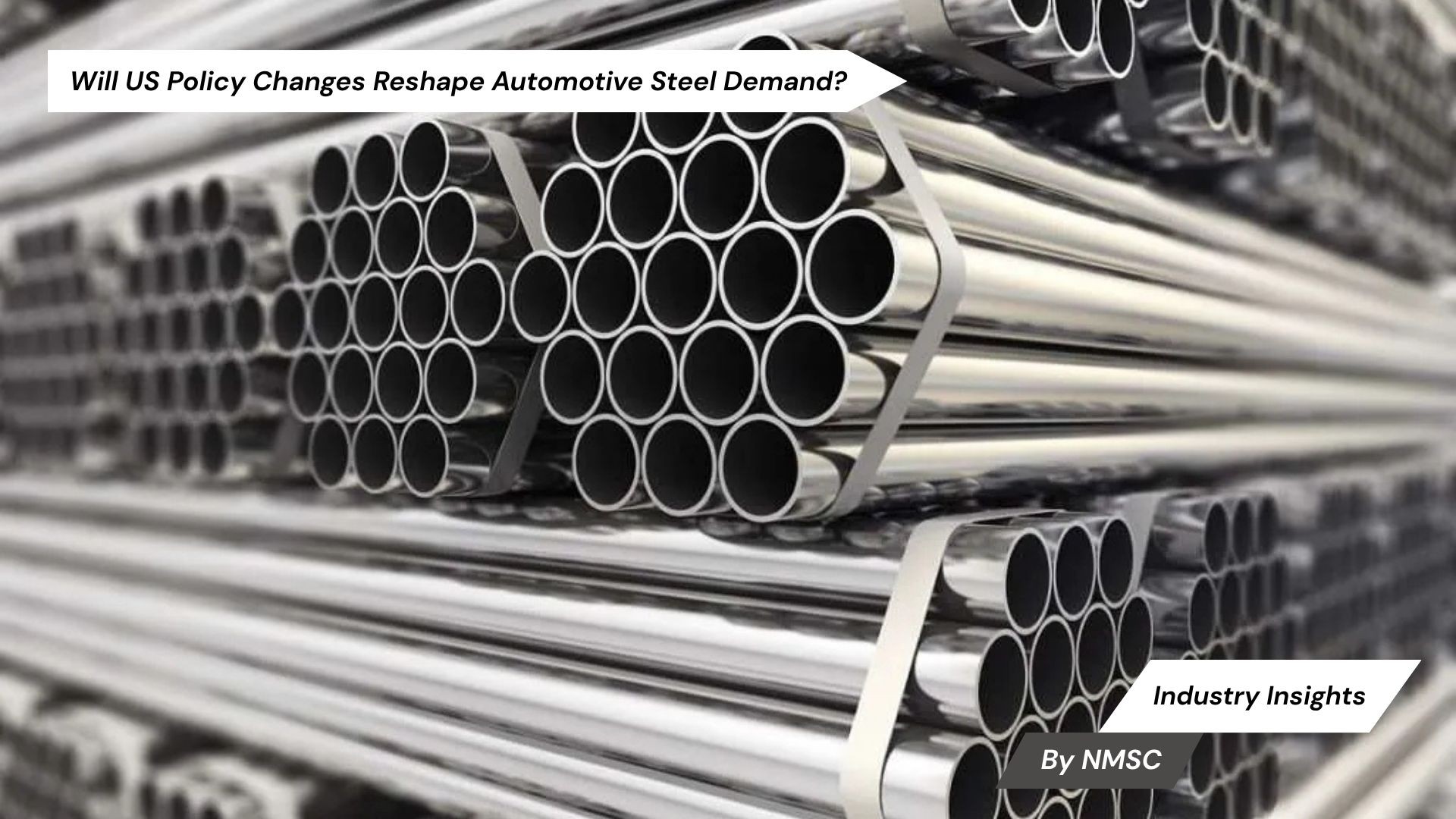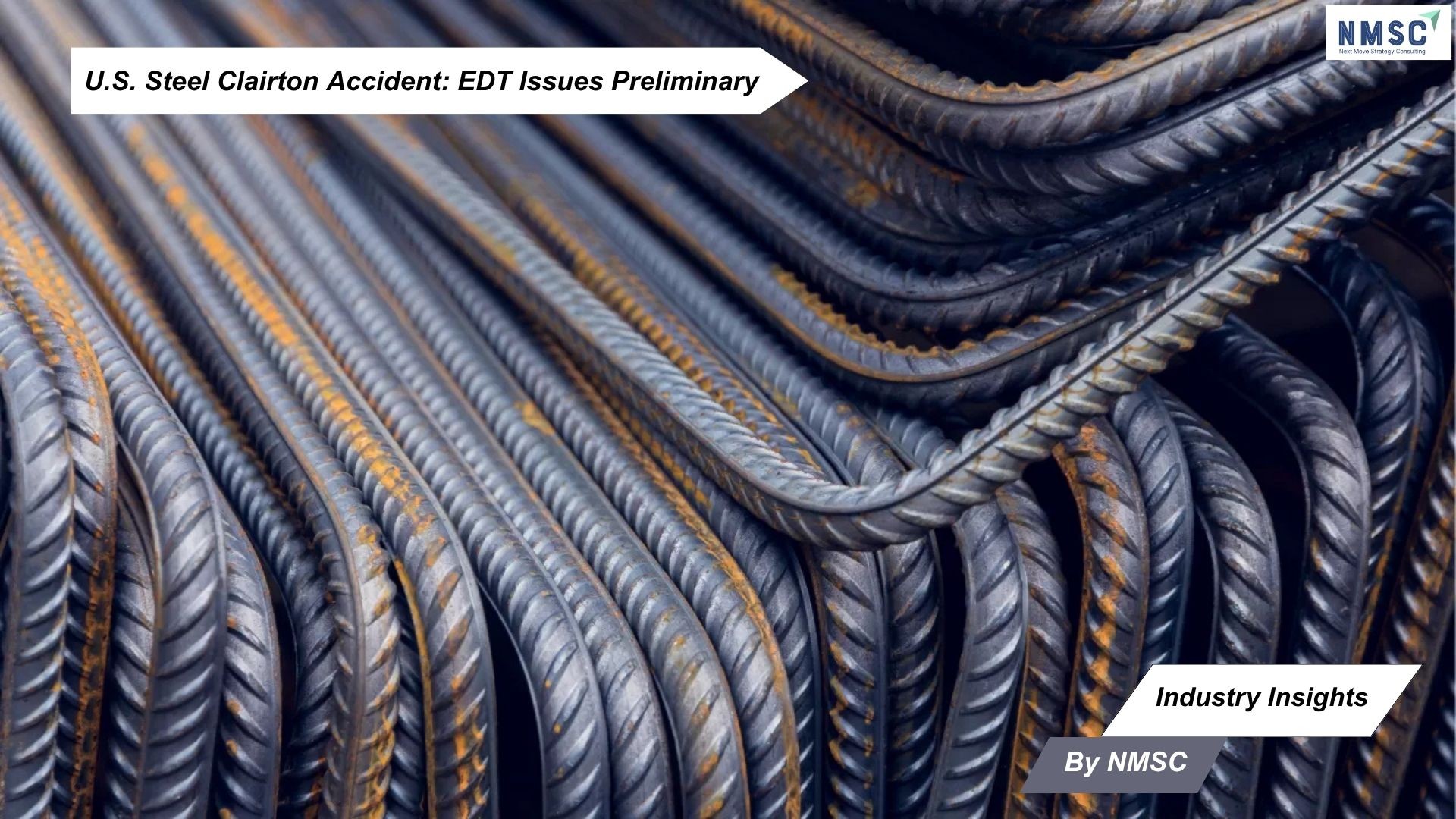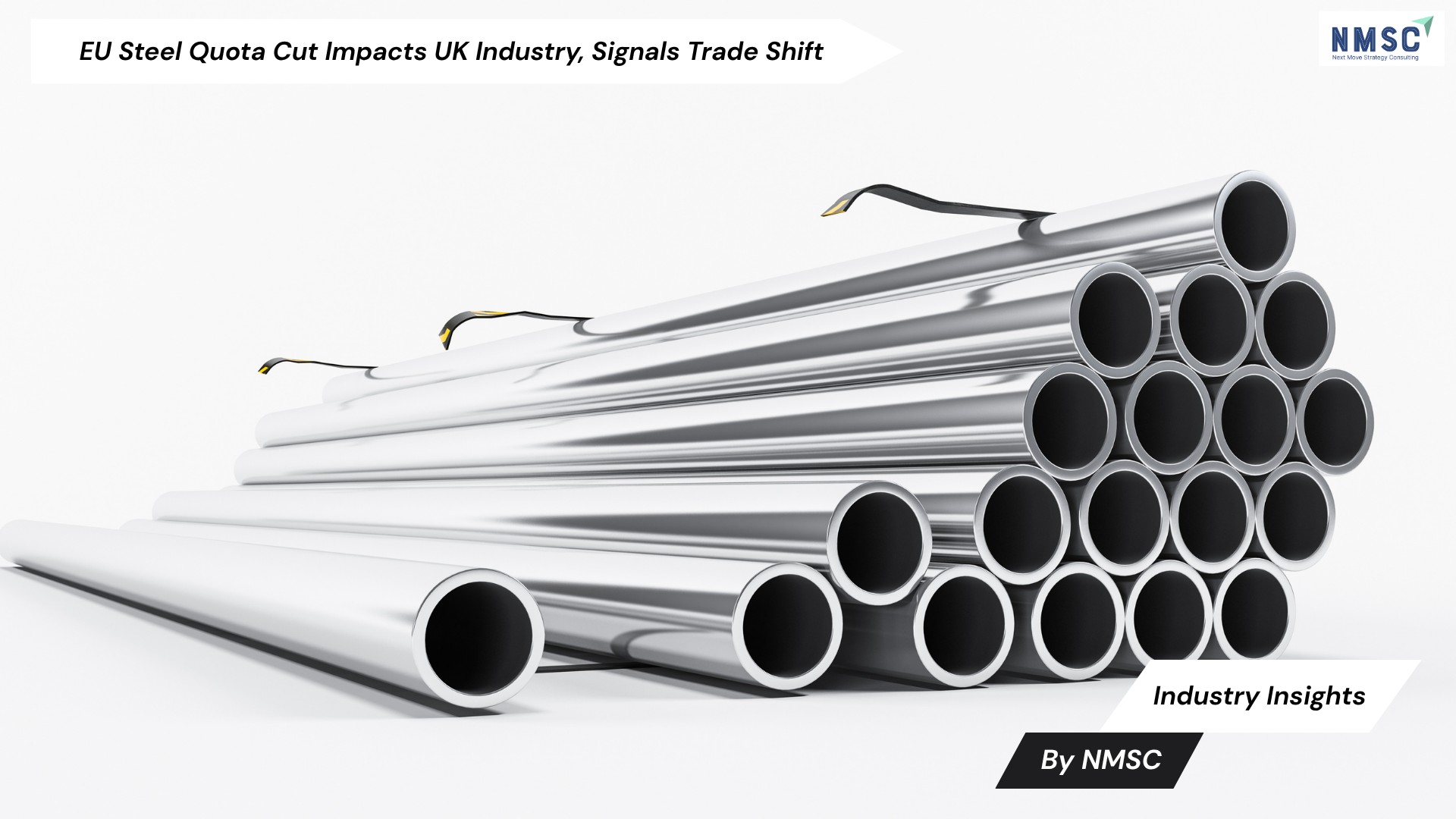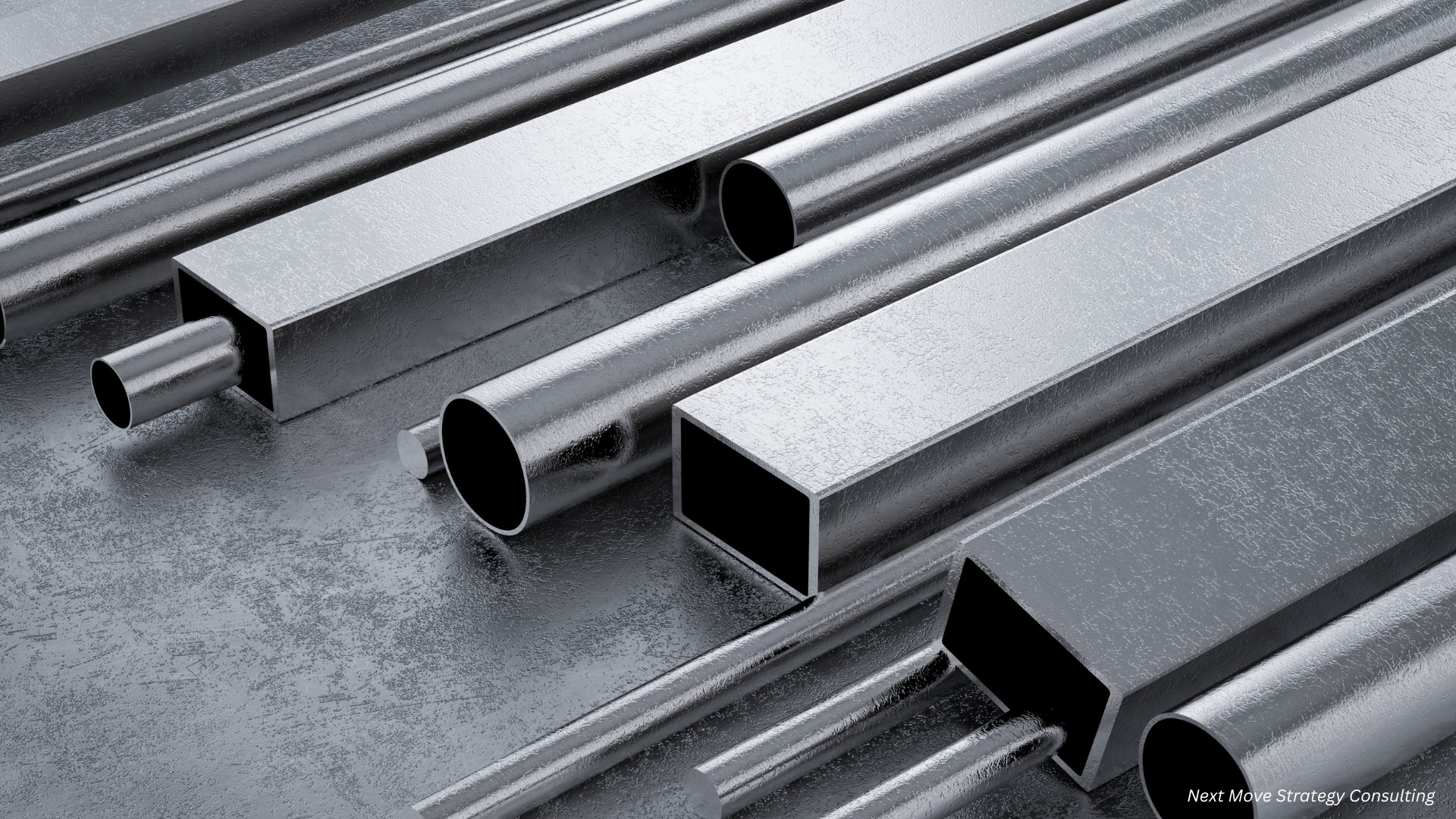Will US Policy Changes Reshape Automotive Steel Demand?
Published: 2025-10-25

Industry Insights from Next Move Strategy Consulting
24 October 2025 — Suppliers of steel to the US automotive industry face a complex mix of headwinds and tailwinds as policy shifts reshape vehicle demand, pricing dynamics and investment flows. While short-term demand for electric vehicles (EVs) is under pressure following changes to consumer incentives, a combination of tariffs, reshoring and large OEM investments may support steady to rising steel consumption in 2026.
Policy shifts hit EV incentives and OEM earnings
In mid-October, General Motors signalled the financial impact of the recent removal of the US government’s $7,500 EV purchase tax credit, reporting a $1.6 billion reduction to third-quarter earnings linked to that change. Elevated interest rates and the loss of consumer incentives are weighing on EV sales and broader consumer confidence, prompting automakers to press for relaxed emissions targets and a renewed focus on internal-combustion and hybrid models.
Sales outlook: near-term dip, medium-term recovery
S&P Global lifted its 2025 US light-vehicle sales forecast to 16.1 million units — reflecting purchases pulled forward ahead of tariff- and incentive-driven cost changes — but projects a roughly 5% fall to about 15.3 million units in 2026. Recent data showed US light-vehicle sales grew year-on-year in September, with EVs reaching a record 12% market share for that month; nevertheless, forecasts point to a modest short-term sales contraction next year.
Tariffs, imports and domestic production
President Trump’s 25% tariffs on automotive imports have already dented vehicle inflows—causing a reported 38% decline in imports in April—and are encouraging a larger share of domestic production. That import disruption, together with reshoring efforts, is drawing investment into US vehicle and steel production capacity.
Pricing pressure and contract negotiations
Steel deliveries to the US automotive sector were steady in October, and some auto volumes reported increases (Cleveland-Cliffs recorded a 10% rise in automotive volumes). However, hot-dipped galvanised coil prices have eased — falling by $10–40 per short ton to their lowest levels since January — which weakens steelmakers’ leverage in upcoming contract talks with OEMs.
Market readjustment and investment flows
Although near-term automotive-derived steel demand looks mixed, the medium-term outlook is more constructive. Analysts expect the shift back toward petrol and hybrid models — which typically use more steel — to support consumption beyond 2026. Large investments are already being announced: Hyundai and POSCO’s joint venture to build a new Louisiana mill (part of a broader $5.8 billion project) and Stellantis’ planned $13 billion investment in US operations over four years are examples of commitments that could underpin future steel demand.
Key points at a glance
-
GM reports a $1.6bn Q3 earnings impact after loss of the $7,500 EV tax credit.
-
S&P projects 16.1m light-vehicle sales in 2025, with a fall to ~15.3m in 2026.
-
Import tariffs (25%) triggered a 38% decrease in vehicle imports in April.
-
Hot-dipped galvanised coil prices fell $10–40/short ton; OEM contract leverage reduced.
-
Major industrial investments (Hyundai/POSCO JV; Stellantis $13bn) signal capacity and demand support.
According to Next Move Strategy Consulting
Based on the information above, Next Move Strategy Consulting assesses that the US Steel Market will navigate a transitional period in which short-term sales and EV momentum soften, but structural forces could sustain or lift steel demand into 2026 and beyond. Specifically:
-
Policy-driven cuts to EV incentives and higher financing costs are likely to depress near-term EV purchases, pressuring related steel volumes.
-
Concurrently, tariffs and reshoring initiatives are redirecting supply chains toward domestic production, which supports demand for US-produced steel and encourages capital investments in regional capacity.
-
OEM decisions to expand production of petrol and hybrid platforms, along with announced mill and manufacturing investments, should help offset near-term softness and improve steel consumption prospects over the medium term.
Source: MEPS International
Prepared by: Next Move Strategy Consulting
About the Author
 Joydeep Dey is a passionate digital explorer driven by creativity, strategy, and learning. He has worked in SEO, content creation, and video editing, combining analytical and creative skills to bring ideas to life. He has explored how AI tools and emerging tech transformed digital storytelling and productivity. Guided by curiosity he believes success lies not just in results but in learning something new every day. He continues to evolve with every project, striving to inspire through innovation and impact. His journey reflects a mindset of progress and purpose.
Joydeep Dey is a passionate digital explorer driven by creativity, strategy, and learning. He has worked in SEO, content creation, and video editing, combining analytical and creative skills to bring ideas to life. He has explored how AI tools and emerging tech transformed digital storytelling and productivity. Guided by curiosity he believes success lies not just in results but in learning something new every day. He continues to evolve with every project, striving to inspire through innovation and impact. His journey reflects a mindset of progress and purpose.
About the Reviewer
 Sanyukta Deb is an accomplished Content Writer and Digital Marketing Strategist with extensive expertise in content strategy, SEO, and audience engagement. She specializes in building strong brand visibility through data-driven campaigns and impactful, value-added researched content. With a passion for creativity and innovation, she blends strategic thinking with design and communication to craft meaningful digital experiences. Over the years, she has contributed cross-functional marketing projects, driving measurable impact and audience engagement.
Sanyukta Deb is an accomplished Content Writer and Digital Marketing Strategist with extensive expertise in content strategy, SEO, and audience engagement. She specializes in building strong brand visibility through data-driven campaigns and impactful, value-added researched content. With a passion for creativity and innovation, she blends strategic thinking with design and communication to craft meaningful digital experiences. Over the years, she has contributed cross-functional marketing projects, driving measurable impact and audience engagement.
















Add Comment